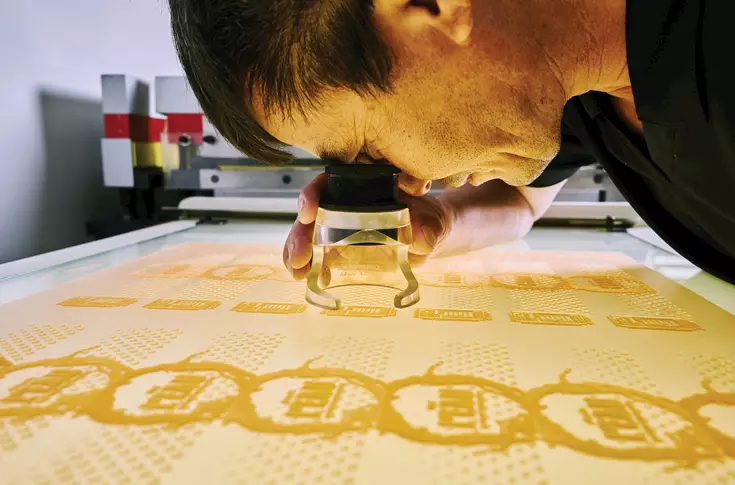Celebrating a decade of Kodak Flexcel NX System
Chris Payne, president of flexographic packaging division, Kodak, explains why flexo has a bright future and why it’s something worth celebrating
19 Feb 2019 | By PrintWeek India
Where did the idea for celebrating the transformation of flexo begin?
The flexographic (flexo) printing industry has come a long way over the past decade, and we are indebted to our customers and partners for helping to drive this industry transformation.
We’re proud to be an innovative supplier of key enabling technology. With the introduction of the Kodak Flexcel NX System in 2008, we pioneered the use of ‘digital flat top dots’ for flexo plates — a concept that was revolutionary at the time, but has now become accepted as ‘best in class’. We also introduced the use of a proprietary high-resolution, thermal film technology to address some of the inherent limitations of the established Laser Ablative Mask System (LAMS) technology for digital flexo plates.
We’re not afraid to be different — and we place high value on the collaborations with key customers and other technology suppliers in the industry that are helping to drive positive change. Flexo has a bright future and we think it’s something worth celebrating.
What have Kodak’s customers achieved with Flexcel NX?
With the help of Kodak technology, printers have achieved a level of print quality and print capability initially thought to be impossible for flexo.
Our customers have levelled the playing field with other print processes (gravure, digital, offset) and driven quality parity across packaging formats. As a result, brand clients can take greater advantage of the flexibility and cost effectiveness of the flexo process. Our customers are regularly transitioning work from other print processes to flexo, or load balancing between them. That’s a level of flexibility that simply wasn’t there before.
But it’s much more than that. Kodak Flexcel NX technology has also played a key role in driving standardisation and efficiency in the pressroom that results in productivity and capacity benefits for printers. Overall flexo is transforming from a craft to a true manufacturing process — and our customers are revelling in the fact that there doesn’t have to be a compromise between quality and efficiency.

What is one of the biggest differentiators for the Kodak Flexcel NX System?
In short, we have a great technology platform that still has untapped potential and offers an unparalleled return on investment for our customers.
The Kodak Flexcel NX System is built on strong differentiated core imaging and materials technology. We took the best of everything we had learned as leading innovators over many decades in the offset printing industry and brought it to flexo. Over the years, we have continued to unlock the capabilities of that core technology to deliver new and exciting features, like NX Advantage, advanced plate surface patterning technology which works at a micro level to control and optimise the delivery of ink from Kodak Flexcel NX plates to the substrate. All feature development over the last 10 years has been backward — compatible for all customers. Those who invested in a Kodak Flexcel NX System, right from the start, can continue to be at the leading edge of flexo and enjoy a significant return on investment.
What is the future for Flexo?
Since 2008, flexo technology advances have focused on chemical and imaging innovations and reshaped the sector. By 2028 flexo printing will match offset for stability and predictability and traditional supply chains will collapse and reform. Knowing how to prepare for the future depends fundamentally on an awareness of technological developments and being able to see where current trends are heading. With more predictable plate making using technologies such as the KODAK FLEXCEL NX System’s, this gets easier. LAMS technologies widely used for flexo plate production over the last 20 years are reaching their performance limits and are challenged to match Kodak’s speed and output quality, without using additional products and processes involving time and cost. Kodak employs a combination of high resolution film-based mask, KODAK SQUARESpot Imaging Technology and a unique lamination process to create extremely sharp flat-topped dots that are a one-to-one faithful reproduction of the digital file and optimized for printing. I think the future is bright for flexo.
This advertorial was first published in PrintWeek India’s November 2018 supplement – Kodak Special
(Interview courtesy Kodak.com)











 See All
See All